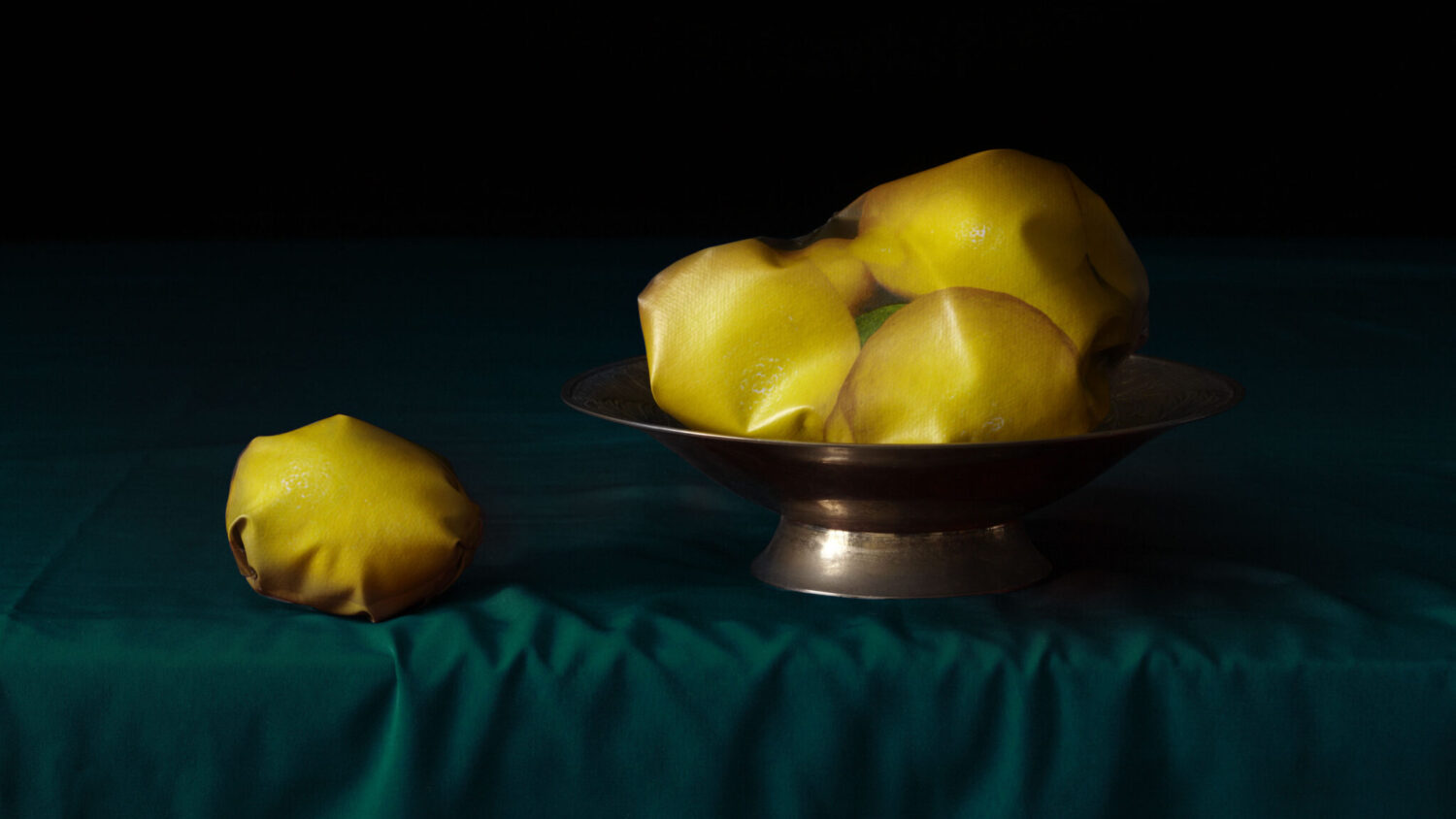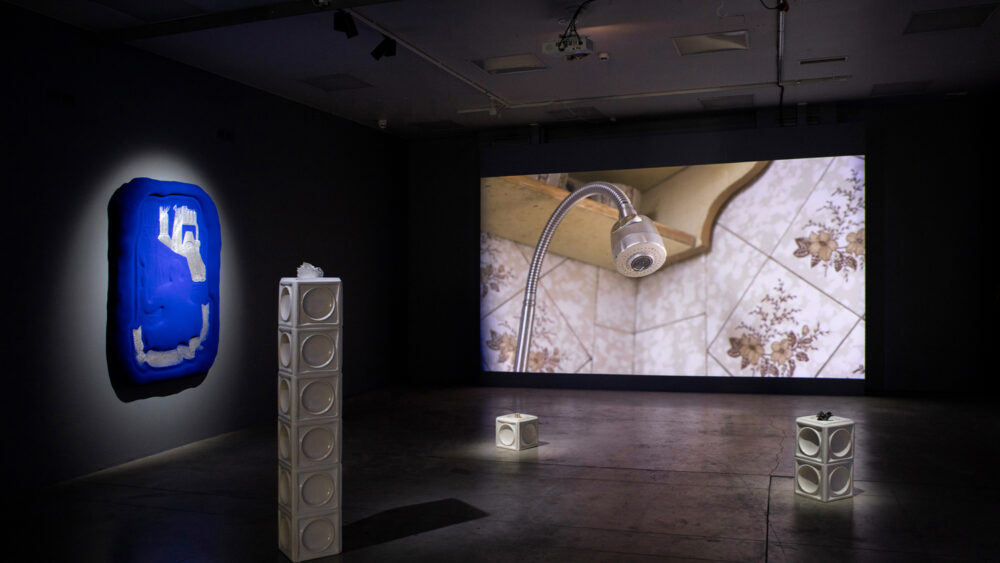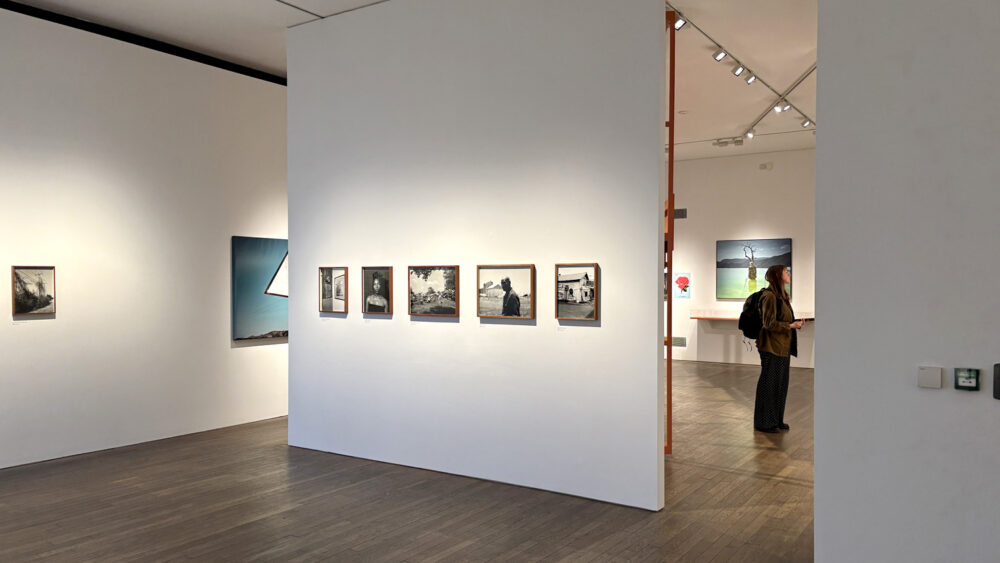10 minutes with Vilma Pimenoff
Vilma Pimenoff (1980) is a visual artist from Finland. Her work often deals with semiotics and explores the ways in which we perceive the world around us through signs and symbols. She is equally interested in observing cultural conventions through her study of everyday objects. Pimenoff has a Master’s degree in Photography from the London College of Communication. She has had several solo exhibitions in Finland, Switzerland and France and has participated in numerous group exhibitions.
Her work 21st Century Still Life is a visual commentary on today’s image driven consumerism and materialistic culture where the obsession for perfection makes the fake often seem more ideal than the real. The series is currently on view at the Riga Photography Biennial exhibition Screen Age III: Still Life. The exhibition is available until 12 June.

How did the concept of the photo series 21st Century Still Life come about? Could you tell more about it?
I guess I am drawn to slightly odd kitsch objects as they somehow tend to exaggerate that which is stereotypically desirable. Living in Paris I used to love to go to the ‘Bazar’ shops that sell pretty much anything familiar and strange at a very low price, a bit similarly to the One Pound Shops in the UK. The colourful vinyl tablecloths were often outside the shop on the street, and I noticed the delicious variety of fruit and flowers presented in them. First, I started to use the wax cloths as backgrounds for portraits, and then at some point I started to make sculptures with the tablecloth which then ended up being photographed.
A picture of a flower is a very different thing from a real flower. In the context of these tablecloths, the picture shows nature somehow idealized, perfect, and almost ‘hyperreal’. I became intrigued by this ‘ideal’, and started thinking why is it that we tend to want to change reality for a somehow better, more beautiful version, and where does the idea of beauty or perfection come from anyway?
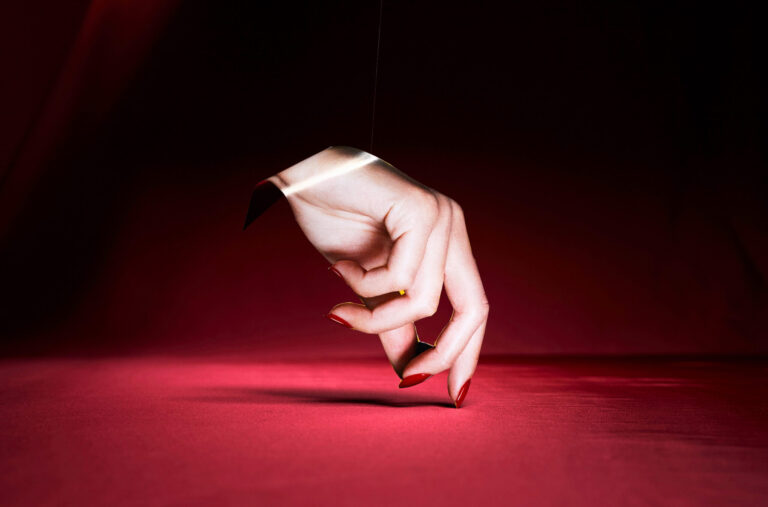
Your photograph of the woman’s hand from the series Images of Women reminded me very much of Dora Maar’s Hand-Shell photograph. Who would you say are your biggest influence? What inspires you to create?
Oftentimes my work is inspired by mundane images or objects I encounter. I think that by looking at everyday imagery such as adverts, images in magazines and in social media, we can learn a lot about the society we live in. What kind of imagery is popular, and what gets circulated and hence repeatedly seen by the masses is the same stuff that is considered to be the reality which we live in.
I am interested in how vision informs us about the world, and how images affect our thinking.
What are the qualities you are trying to achieve in all your photographs?
I am much more interested in the trickery that photography can produce rather than its indexical simplistic truthfulness.
Today, visual literacy is becoming almost as important as reading. What do you think are the basic things about the semiotics of photography that everyone should know?
Well, it is good to be aware that photographs can distort reality, and things are seldom as simple as they appear. An ‘objective’ view doesn’t exist, but a photograph presents a point of view of its author. No image is ‘innocent’. A good exercise is to ask: Who made the photograph? What’s its function, what was it made for? In what context is it viewed?
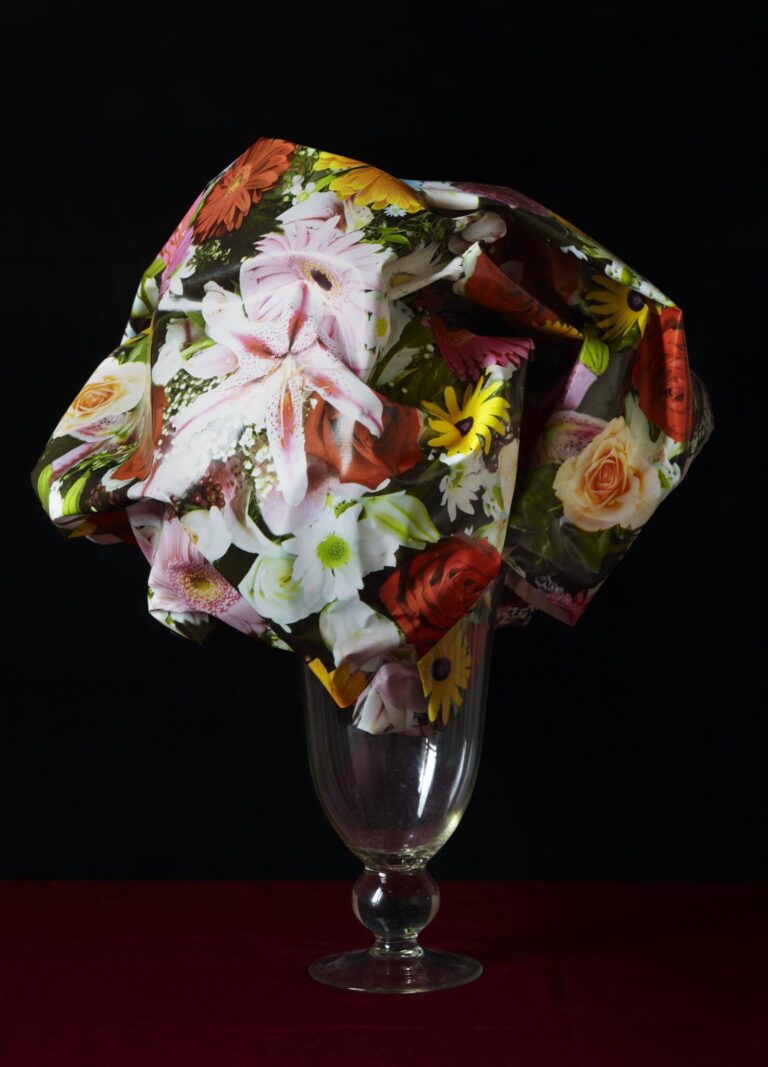
How much do you know about photography in Latvia (or Baltics), and what are your impressions?
I think there are many interesting artists coming from Latvia, and I think the Riga Photography Biennial shows a very contemporary and exciting mix of visual artists who are using photography in playful and innovative ways.
What are you working on now?
I am currently in the beginning of a project that investigates how power is manifested visually. It’s a vast subject and I am going through tons of images at the moment, hoping to find some clues to follow and focus on!
